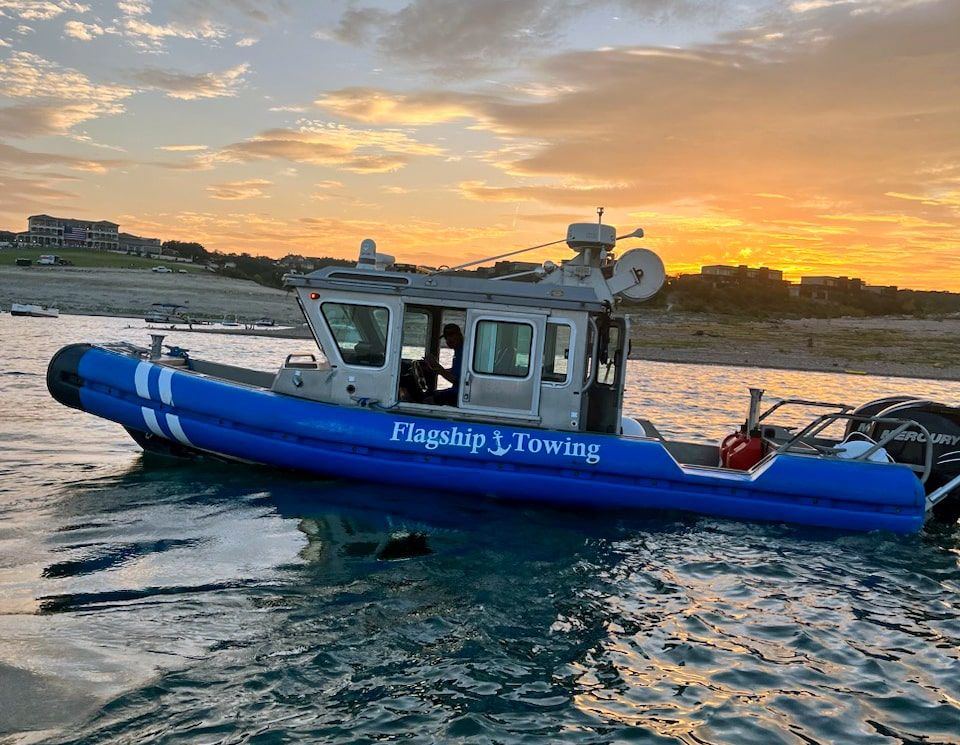Many boaters do not own lakefront or oceanfront properties, so they must transport their boats to and from the water -- often involving a trailer and a road trip.
Towing a boat, like any type of towing, is a delicate process. A seasoned pro might make it look easy, but if you've seen a rookie on the road, you've probably changed lanes and given them a wide berth to avoid the swinging trailer.
As with many other loads, you can take the most important safety precautions before turning the key in a vehicle when towing a boat.
You must perform various calculations and measurements to determine whether your vehicle can handle your purchased boat size. Next, you must ensure that the boat is ready to ride and the trailer it will travel on. A poorly placed payload can cause your trailer to swing across three lanes of traffic, so special care needs to be taken during the packing process.
As well as packing tips, we will discuss some of the main trouble spots before trailering your boat to the beach. Our Emergency boat towing Austin offers various on-water and marine assistance services.
Boat Towing Vehicle Safety Checks
Once the vehicle check is complete, the trailer's components must be examined. Electrical systems are an excellent place to start. Verify that all the signals are working behind the boat trailer. All brake lights, blinkers, running lights, and brakes should be checked, along with the wiring connector between the tow vehicle and trailer. It is possible for the wiring to chafe and short-circuit if it is not appropriately routed, as corrosion can occur.
A flat tire on a trailer with multiple axles can be challenging to notice. You can tell if your tires are inflated by whacking them with your tire iron, and you can tell if ones are running hot by feeling them after a while. The best way to verify that your tires are in good shape is to manually check their pressure with a pressure gauge since a flat tire can lead to a fire. Every trip should begin with this step.
If your hitch or trailer is wet too often, the lug nuts and bolts can loosen over time or rust. The wheel bearings on trailers -- especially boat trailers -- can also be a problem for people towing them. The air inside wheel bearings cools and shrinks as they warm up during a drive, so they tend to absorb water when you plunge them in cool water. Often, the result is rust, but spring-loaded pressurized bearing caps can help prevent this from happening. If your bearings are running hot, you may need to tune them up and apply fresh grease.
It is common for trailers to have brakes that mirror the activity of the towing vehicle's brakes and movement. The surge brake is one type of automatic break that is popular. Since the tow vehicle's forward velocity changes as it slows, the surge brakes activate. Electric brakes are also good since they are connected through the connector and sense pedal pressure. Trailer brakes are essential if you're towing heavy loads (unless you're towing a dinky little rowboat, you probably do). Check everything before leaving to make sure it is working correctly.
A crisscross pattern of safety chains connects the trailer and tow vehicle to hold the trailer firmly in place if the hitch malfunctions. The safety chains will not be able to get you to the end of your trip, but they will allow you to come to a safe stop. In addition to breakaway switches, trailers are often required to have breakaway switches depending on their weight. The breakaway switch works a lot like the emergency clip on a treadmill -- if the tow vehicle and the trailer separate for whatever reason, the trailer brakes activate.
When towing a boat, the trailer's mainframe must support it evenly, and the boat must fit snugly and securely into its cradle. To prevent scratches on the boat, hull rollers and pads must be in good condition. Ensure that the boat is lashed down properly by checking, adjusting, and fastening an appropriate number of straps and ties.
Travelers are packing their luggage in the driveway, and the truck and boat have been checked off your checklist. The worst thing that could happen would probably be if you simply threw everything in. Next, pack the boat evenly to distribute the weight evenly.

